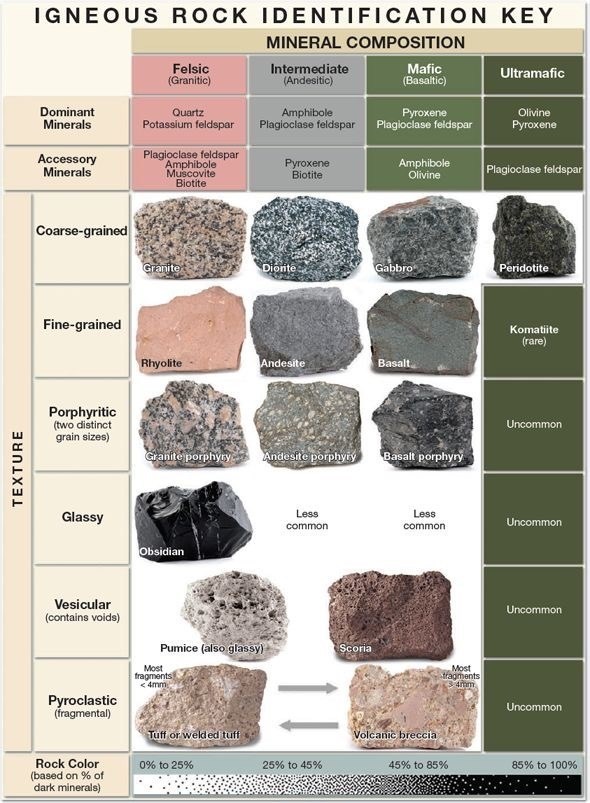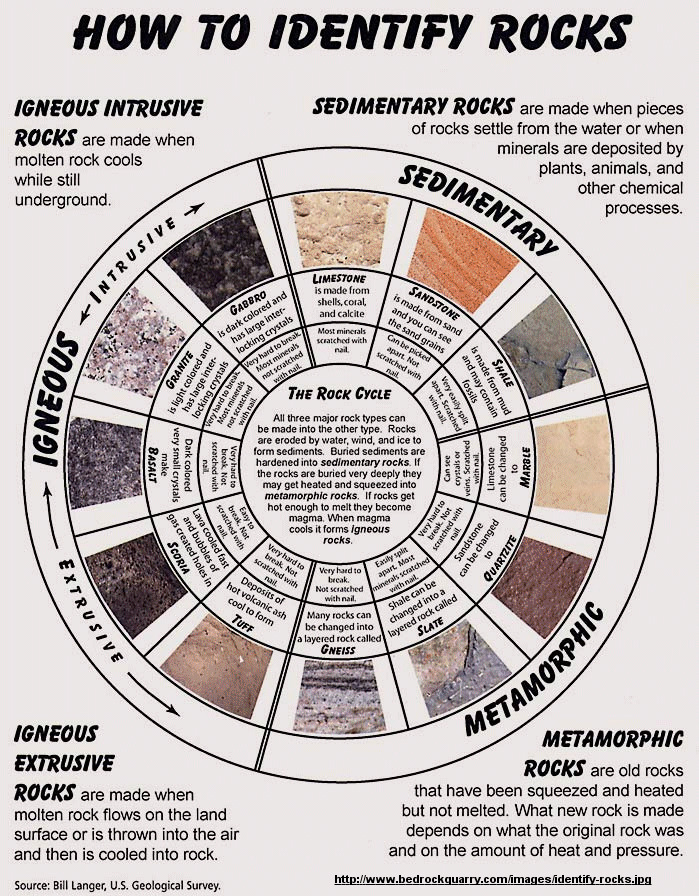Permit # RSP 101
Earth Cachers please be aware that there is logging required, in form of answers to the following questions, and photo.
Required to claim credit for this Earth cache ( send everything through the geocache messenger, do not post your answers, as it will spoil the fun for others, and will be deleted ):
Based on what you just learned from the information provided above, take a picture of one of the “Teeth” and identify what kind of rock it is. Explain. (Attach the image of the Boulder/ "tooth" with the messenger.)
The photo does not have to contain you in it, just the rock/ tooth of your choosing.
Failure to submit All of the required parts, will result in your log being deleted.
About Rockefeller State Park Preserve:
Rockefeller State Park Preserve offers quiet countryside walks of all lengths through forested hills and valleys surrounding sunlit pastoral fields. Thirty miles north of New York City, the property is the former Pocantico Hills and Rockwood Hall country estates of John D. Rockefeller family and William Rockefeller. Since 1983, the Rockefeller Family has generously donated over 1771 acres to the State of New York to safeguard these lands for present and future generations. Managed by New York State Office of Parks, Recreation, and Historic Preservation, the Preserve is open to the public year-round, sunrise to sunset.
Trail maps of the carriage roads are available at the Preserve Office and online on the park preserve website.
The Preserve is primarily hardwood forest dominated by huge oak, tulip poplar, maple, and beech trees. The forests, fields, streams, and wetlands support a high diversity of native species of resident and migratory birds, mammals, insects, amphibians, reptiles, fish and aquatic species, some of which are in decline and now uncommon in Westchester County. With 202 recorded species of birds and its Important Bird Area designation by the National Audubon Society, the Preserve is a must-visit area for birders. Over 100 species of native wild bees frequent spring and summer wildflowers. In the fall, Monarch butterflies stop to feed and lay eggs during their southward migration. An on-going environmental stewardship is underway to favor native biological diversity.
A walk around Swan Lake is an ideal way to get a feel for the park. The distance is about 2 miles. The sand and graveled paths make easy pushing for strollers, and the landscape is flat enough that kids ages 5 and up will have no problem. Enter the trail behind the visitor center and head south counterclockwise around the lake. In summer your kids will spot lily pads. The steepness of the shore leading from the path down to the lake is relatively mild and manageable.
While walking around Swan Lake Notice the Medium sized bolders lining the path on all sides of the lake. These originate from the preserve itself and are not imported. The way they are lined up makes them look like teeth. There are many different types of rocks, various shapes and sizes.
The rock that underlies Westchester is chiefly gneiss and mica-schist, with layers of dolomitic marble and serpentine.
Geologists classify rocks into three basic groups based on how they were formed in nature.
Some rocks are made by heating and squashing, what are these called?
- Sedimentary rocks
- Igneous rocks
- Metamorphic rocks
http://www.onegeology.org/extra/kids/rocks_and_minerals.html
To help you identify the types of rocks/ bolders in at the lake, let’s look at the characteristics that make up the three types. First, we will look at igneous rocks.
Igneous Rocks
Igneous Rocks Igneous rocks are formed from melted rock that has cooled and solidified. When rocks are buried deep within the Earth, they melt because of the high pressure and temperature; the molten rock (called magma) can then flow upward or even be erupted from a volcano onto the Earth’s surface. When magma cools slowly, usually at depths of thousands of feet, crystals grow from the molten liquid, and a coarse-grained rock forms. When magma cools rapidly, usually at or near the Earth’s surface, the crystals are extremely small, and a fine-grained rock results. A wide variety of rocks are formed by different cooling rates and different chemical compositions of the original magma. Obsidian (volcanic glass), granite, basalt, and andesite porphyry are four of the many types of igneous rock. (Credit: U.S. Geological Survey)
Igneous Rock Specimen:
Serpentine
A FAMILY OF SILICATE MINERALS RICH IN MAGNESIUM AND WATER, DERIVED FROM LOW-TEMPERATURE ALTERATION OR METAMORPHISM OF THE MINERALS IN ULTRAMAFIC ROCKS.
ROCKS MADE UP OF SERPENTINE MINERALS ARE CALLED SERPENTINITE.
SERPENTINE MINERALS ARE LIGHT TO DARK GREEN, COMMONLY VARIED IN HUE, AND GREASY LOOKING; THE MINERAL FEELS SLIPPERY
(CREDIT: U.S. GEOLOGICAL SURVEY)
Sedimentary Rocks
Sedimentary rocks are formed at the surface of the Earth, either in water or on land. They are layered accumulations of sediments-fragments of rocks, minerals, or animal or plant material. Temperatures and pressures are low at the Earth’s surface, and sedimentary rocks show this fact by their appearance and the minerals they contain. Most sedimentary rocks become cemented together by minerals and chemicals or are held together by electrical attraction; some, however, remain loose and unconsolidated. The layers are normally parallel or nearly parallel to the Earth’s surface; if they are at high angles to the surface or are twisted or broken, some kind of Earth movement has occurred since the rock was formed. Sedimentary rocks are forming around us all the time. Sand and gravel on beaches or in river bars look like the sandstone and conglomerate they will become. Compacted and dried mud flats harden into shale. Scuba divers who have seen mud and shells settling on the floors of lagoons find it easy to understand how sedimentary rocks form. (Credit: U.S. Geological Survey)
Sedimentary Rock Specimen:
Shale
SEDIMENTARY ROCK DERIVED FROM MUD. COMMONLY FINELY LAMINATED (BEDDED). PARTICLES IN SHALE ARE COMMONLY CLAY MINERALS MIXED WITH TINY GRAINS OF QUARTZ ERODED FROM PRE-EXISTING ROCKS. SHALEY MEANS LIKE A SHALE OR HAVING SOME SHALE COMPONENT, AS IN SHALEY SANDSTONE. (CREDIT: U.S. GEOLOGICAL SURVEY)
Metamorphic Rocks
Sometimes sedimentary and igneous rocks are subjected to pressures so intense or heat so high that they are completely changed. They become metamorphic rocks, which form while deeply buried within the Earth’s crust. The process of metamorphism does not melt the rocks, but instead transforms them into denser, more compact rocks. New minerals are created either by rearrangement of mineral components or by reactions with fluids that enter the rocks. Some kinds of metamorphic rocks–granite gneiss and biotite schist are two examples–are strongly banded or foliated. (Foliated means the parallel arrangement of certain mineral grains that gives the rock a striped appearance.) Anyone who wishes to collect rocks should become familiar with the characteristics of these three rock groups. Knowing how a geologist classifies rocks is important if you want to transform a random group of rock specimens into a true collection. (Credit: U.S. Geological Survey)
Metamorphic Rock Specimen:
Slate
SLATE IS A METAMORPHIC ROCK. METAMORPHIC ROCKS ARE FORMED WHEN SEDIMENTARY OR IGNEOUS ROCKS ARE EXPOSED TO CONDITIONS OF VERY HIGH PRESSURE OR TEMPERATURE, OR ARE EXPOSED TO LARGE AMOUNTS OF VERY HOT WATER. SLATE IS FORMED WHEN FINE-GRAINED SEDIMENTARY ROCK (SHALE) IS BURIED AND EXPOSED TO HIGH PRESSURE DEEP BENEATH THE EARTH’S SURFACE. SLATE, LIKE MANY, BUT NOT ALL, METAMORPHIC ROCKS IS CHARACTERIZED BY THE WAY IT BREAKS, ALONG CLOSELY SPACED PARALLEL FRACTURES. (CREDIT: U.S. GEOLOGICAL SURVEY)
https://kidsloverocks.com/educational-resources/types-of-rocks/


Required to claim credit for this Earth cache ( send everything through the geocache messenger, do not post your answers, as it will spoil the fun for others):
- Based on what you just learned from the information provided above, take a picture of one of the “Teeth” and identify what kind of rock it is. Explain. (Attach the image of the Boulder/ "tooth" with the messenger.)
Need help? Don't worry! I'm looking for answers that show you visited the site and tried. If there are any problems I will contact you and help you out. If you have any questions, feel free to message me or read the info boards or references discriptions.